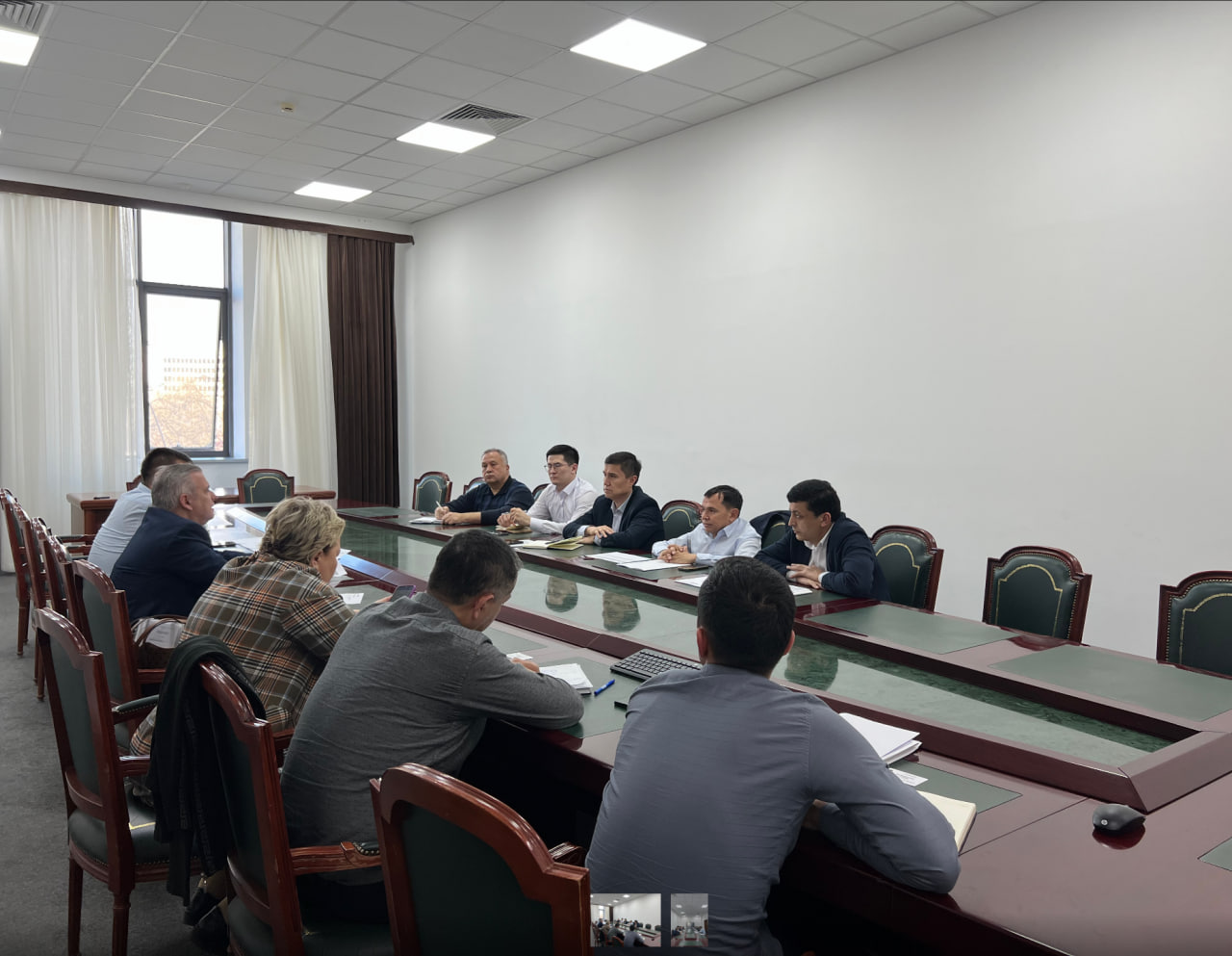ADB Vice President – Four Directions of Investment
Shixin Chen, Vice President of the Asian Development Bank, analyzed the measures taken in Asian countries during the pandemic, and suggested four areas of development, investments in which could help overcome the dire consequences of the crisis.
To date, more than 700 thousand people have died from coronavirus infection worldwide. The high infectiousness of the virus means that repeated restrictions must be introduced where disease outbreaks reappear. This situation has been observed in several countries, including Kazakhstan, India, Pakistan, China and, more recently, Vietnam. Focusing on high-performance segments of the economy is a rational approach to achieving the new norm.
Revitalizing four key areas could help developing countries in Asia cope with the new normal and find a path to economic recovery.
First, the health sector needs to be revitalized. There is a significant gap not only in hospital infrastructure, but also at the primary health care level. In response to the pandemic, developing countries in Asia have made record-breaking investments in strengthening the health sector. The Indian government in April this year allocated about $ 1.9 billion to strengthen measures to combat COVID-19. This was followed by the recent announcement of a major comprehensive public health system strengthening program. Bangladesh, Nepal, Pakistan, Uzbekistan and Kazakhstan have adopted similar approaches in their pandemic response plans. There is also a significant gap in the health sectors such as pharmaceuticals and health insurance. The current level of investment is insufficient to achieve universal health coverage (UHC), but countries are committed to reaching UHC by 2030.
For reference: On 23 September 2019, at a high-level meeting within the framework of the session of the United Nations General Assembly, a political declaration (A / RES / 74/2) was adopted, in which Member States reaffirmed that health is a necessary condition and at the same time an end result and an indicator of performance on the social, economic and environmental dimensions of sustainable development and the implementation of the 2030 Agenda for Sustainable Development. They also reaffirmed their commitment to achieving universal health coverage (UHC) by 2030 in order to scale up global efforts to build a healthier world.
Second, there is a need to revitalize the social protection sector, which remains fragile and financially fragile in developing Asia. In response to COVID-19, great efforts have been made to reach the most vulnerable populations broadly. For example, the Pakistani government has allocated $ 1.2 billion in emergency remittances to 16.9 million low-income families. In Nepal, over a million poor families have benefited from similar programs.
However, social safety nets require a long-term effort to develop databases, registration and monitoring systems, and provide strong budgetary support. The development of the social security sector will contribute to economic integration and sustainable growth.
Third, digital technology needs to be revitalized. The pandemic is changing human behavior and social norms. Web platforms are widely recognized for their effectiveness in organizing the process of working at a distance.
Digital technology is increasingly being used in government, procurement and education. The strategic development of digital technologies will have a huge impact on the quality of service growth and the development of IT architecture.
Fourth, the global supply chain needs to be revitalized. During the isolation regime, the global supply chain was disrupted, resulting in severe economic damage worldwide.

For example, Bangladesh’s textile exports were hit by canceled orders and supply disruptions to raw materials in Pakistan, Nepal, Uzbekistan and Georgia. In the face of a pandemic, it became necessary to urgently rebuild the global supply chain.
The development of a high-level intermodal transport system, better trade facilitation and more efficient trade finance and supply chain financing mechanisms need to be pursued.
Asian countries have frequently faced crises and unstable economic situations over the past decades. For example, after the Asian financial crisis in 1997-1998. The region has undertaken painful but necessary regulatory reforms to its important financial institutions.
The COVID-19 pandemic is also a challenge that should prompt a number of timely and necessary changes. In the current conditions of the pandemic, returning to normal operation looks difficult and it will take time for the economy to recover. However, focusing on these 4 key areas can offset the losses and help to realize the potential of developing countries in Asia.
Другие новости и события
Any use (reproduction, publication, copying, reprinting, distribution, translation, broadcasting, processing and other methods of distribution) of the materials of the Investment Portal - Invest.gov.uz, without indicating the original source and a link to the Portal is strictly prohibited!








